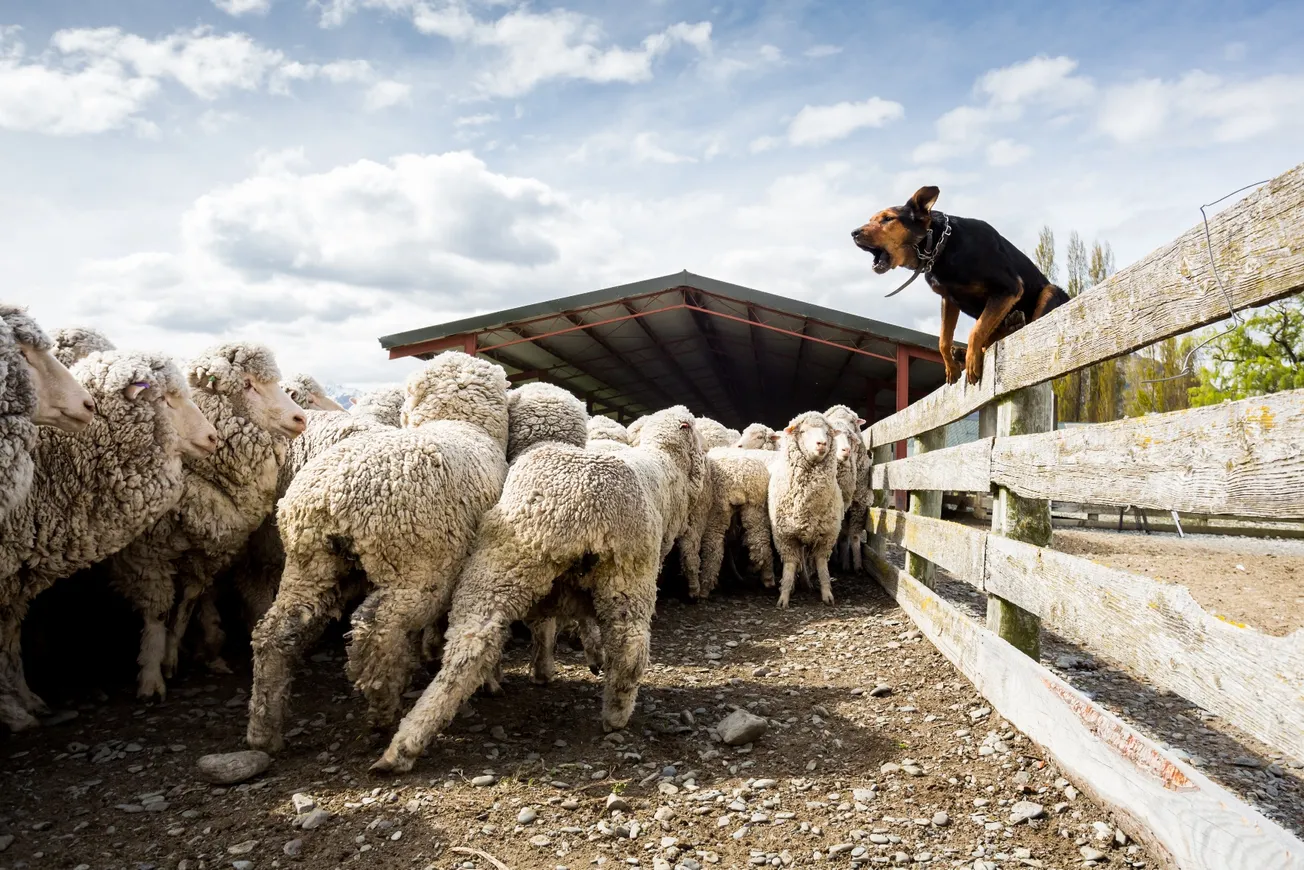Peter Williams
Writer and broadcaster for half a century. Now watching from the sidelines although verbalising thoughts on www.reality check.radio three days a week.
Only five short years ago over half of us said we trusted the media. That was 2020 in what was the first of the now annual AUT Journalism, Media and Democracy Centre surveys.
The baseline number that year was 53 per cent, hardly a glowing endorsement of the country’s news industry.
The following year the Jacinda Ardern Labour government allocated 55 million dollars to media organisations through the Public Interest Journalism Fund.
Fast forward five years and the number of us who trust media has now decreased to not even a third.
Are the catastrophic decline in media trust and government handouts with numerous strings attached by any chance related?
Of course they are, and for any serious news gathering operation to say otherwise is just plain wrong.
Ardern herself, at the announcement of the PIJF in 2021 said that it would help to counter the “misinformation” that was being put about on matters pertaining to Covid. Misinformation like masks don’t make any difference to infection rates, the virus was man-made from a lab in China, vaccines stopped transmission and lockdowns would cause more harm than good.
The problem for the media was that all that “misinformation” turned out to be true. Therefore how could anyone trust what the media through their ‘experts’ told us anymore?
So the rot started early – and the maintenance of trust eroded further when the conditions of the PJIF in relation to Treaty of Waitangi issues were made public. The terms of receiving money from the 55 million dollar fund specifically said that recipients must have a “commitment to Te Tiriti o Waitangi and to Māori as a Te Tiriti partner”. The fund’s goals include “actively promoting the principles of Partnership, Participation and Active Protection under Te Tiriti o Waitangi, acknowledging Māori as a Te Tiriti partner”.
So, for all intents and purposes, that shut down any dissenting voices on the Treaty. Anybody with another view on the issues like historian, former Waitangi Tribunal member and cabinet minister Michael Bassett were just shut out of conversation about the Treaty. The silencing of Dr Bassett went one step further when the New Zealand Herald apologised online for publishing one of his columns because the views expressed in it were “unacceptable” and “did not meet their standards”. Mind you they only discovered this after a reader complained!
NZME, owner of the Herald, has had its coffers pumped to the tune of over six million dollars in the last five years. It’s not a huge amount in the context of the company’s annual revenue of around $340 million. But it’s money, and it came with conditions. Those conditions should have been unacceptable to anybody who believes in a truly free press where a gamut of world views and narratives are expressed.
NZME has also emboldened its censorship activity by refusing to publish advertising from groups it finds politically challenging.
The women’s rights organisation Stand Up for Women, Christian conservative group Family First and equal rights promoters Hobson’s Pledge have all had paid advertising rejected. Yet before the 2023 election the Council for Trade Unions had no problem getting a front page wraparound in the Herald attacking Christopher Luxon.
You see the picture here?
My local paper the Otago Daily Times gave itself a pat on the back when the survey results came out as it placed second, just behind RNZ, as the country’s most trusted media outlet. The ODT now boasts it’s the country’s most trusted newspaper.
But it showed its true colours when in the same self-congratulatory story it quoted the paper’s regular go-to man on media matters, Olivier Jutel, who’s a lecturer in media, film and communication at Otago University.
According to Dr Jutel, “we’ve got this crazy Canadian private equity guy taking over NZME”. That line is factually incorrect and possibly bordering on the libellous. Jim Grenon is not looking to take over NZME because he currently owns only 10 per cent of the company. He is looking to change the board and possibly the editorial pathway of the company. After the examples quoted above is that such a bad thing?
And would you like to be taught about journalism by an academic, who, with no personal knowledge of Jim Grenon, labels him “crazy”? But then Dr Jutel, who was once apparently a journalist, did a doctoral thesis on the emergence of right-wing populism. He’s not a fan.
He says that “media being a plaything for private equity or global multi-nationals (is what) really engenders a lack of trust”.
So two surveys in three weeks – the Edelman Trust Barometer came out late in March – show the New Zealand media is trusted by less than a third of us.
The issue is not going away and while the rate of decline in media trust has slowed, it’s still going in the same direction – down. Nothing will change that direction until there’s either a massive dose of self-awareness among senior newsroom leaders, or some significant change of management or board membership at the country’s leading mainstream media companies.
It may well happen at NZME in early June but why the government has not changed membership of the board at either RNZ or TVNZ during its time in power is quite baffling. I know least one party in the coalition government is utterly fed up with RNZ’s editorial direction and attitude towards their people. It’s totally frustrated that they’re powerless to do anything about it because there’s no political appetite for change from other branches of the coalition.
The first key date in trying to steer the ship of media trust in an upwards direction is June 3. If Jim Grenon is successful that day in his quest to remove the current NZME board and install new directors with himself as chairman then we should expect a significant change in what the New Zealand Herald reports and advertises.
That move may well prove very popular with readers. Trust in the paper and its website may even improve.
It may become a trendsetter for the industry!
This article was originally published on the author’s Substack.









